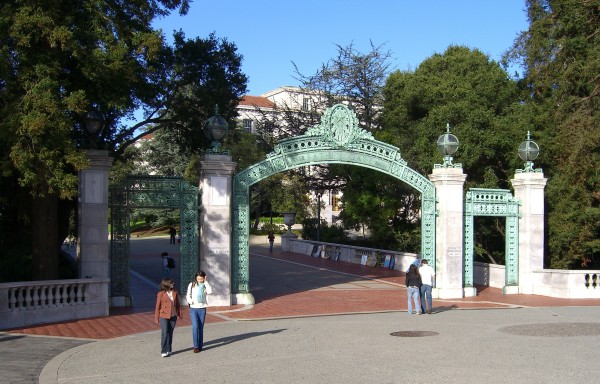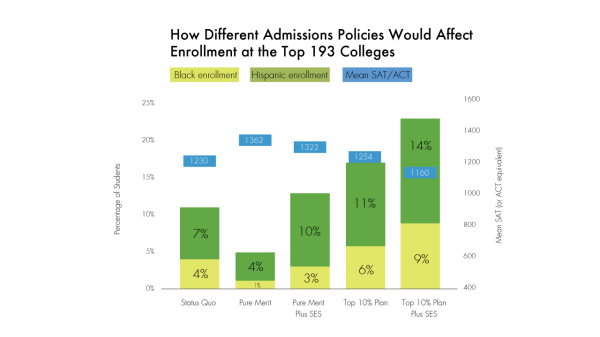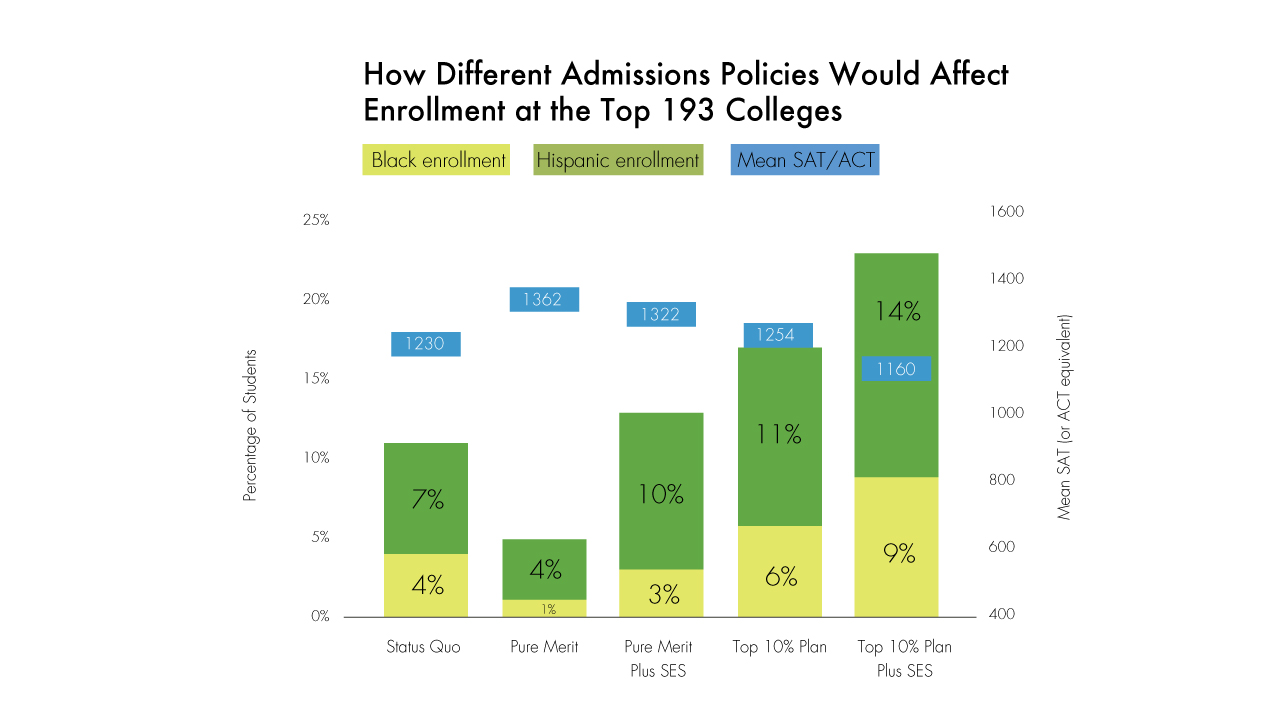 With the tabling of SCA5, the Fisher vs University of Texas decision, and the lawsuit over admissions to New York’s selective high schools, non-race based alternatives to diversifying campuses are increasingly being discussed. Some of these discussions, like this one on the book “The Future of Affirmative Action: New Paths to Higher Education Diversity after Fisher v. University of Texas”, this one on place as a better emphasis than race, and this paper on affirmative action alternatives, hardly mention Asian Americans. What are the effect of these affirmative action alternatives on Asian Americans? Better yet, how will Asian Americans react?
With the tabling of SCA5, the Fisher vs University of Texas decision, and the lawsuit over admissions to New York’s selective high schools, non-race based alternatives to diversifying campuses are increasingly being discussed. Some of these discussions, like this one on the book “The Future of Affirmative Action: New Paths to Higher Education Diversity after Fisher v. University of Texas”, this one on place as a better emphasis than race, and this paper on affirmative action alternatives, hardly mention Asian Americans. What are the effect of these affirmative action alternatives on Asian Americans? Better yet, how will Asian Americans react?
Grades and Attendance
A recent proposal regarding New York City selective high schools that have test only admissions criteria adds other criteria like grades and attendance records. Attendance records? I don’t think these additional criteria add much non-Asian diversity. I suspect that many of the Asian American students applying to the selective high schools already get good grades, and if their parents know that attendance is a factor, they will end up having great attendance records. I can even see some parents sending their sick kids to school so they won’t have any absences.
Place
The more interesting efforts are around “place,” as Sheryll Cashin argues in her book, Place, Not Race: A New Vision of Opportunity in America. After Texas voters did away with race based affirmative action, the state instituted a plan to accept the top 10 percent of each high school. In Kahlenberg’s paper on affirmative action alternatives, he says that out of ten states that have used race neutral plans like this, Texas plus six others had even better diversity results than before they used race as a consideration. How would this affect Asian Americans? It’s a mixed bag. It would hurt those at extremely competitive high Asian population schools, where even if a student did well, changes are less that they make that 10% (or 9% in California). For poorer Asian Americans who go to high schools that aren’t as well competitive as well as Asian as of ethnic groups not as well represented, like Hmong or Filipinos, this could be a great help. As I mentioned here, one strategy that I have seen some Asian parents are taking is to send their kids to a not so competitive high school where they can get into that 9%. Kahlenberg says that’s a good thing, encouraging use of local neighborhood schools. It might also discourage Asian parents from lying about their children’s home addresses just to get into certain high school – something I have seen a number of parents do.
Socioeconomic Status

Image credit: Inside Higher Ed
Kahlenberg argues that socioeconomic factors are more important for true diversity, saying that rich students of different colors are probably more alike than students of different economic levels. Scholars from Georgetown University ran models that take into account socioeconomic factors and found that including socioeconomic status (SES) would increase Hispanic and African American beyond what affirmative action does now, as shown in the graph. How would this affect Asian Americans? As with place, it would reduce the number of students from wealthy competitive heavily Asian American high schools, and boost opportunities for poor, less advantaged Asian students.
It’s not clear how applying socioeconomic status to selective New York high schools would affect Asian Americans. Many Asian Americans admitted to those high schools are low income already, which is the opposite of what Bill de Blasio seems to think. The proposed New York state bill does not explicitly mention using income as a criteria.
Zero Sum and Worse than Zero Sum
As long as public colleges and selective high schools do not increase the number of slots available for their local residents, an increase in non-Asian students is going to mean a decrease overall of Asian American students — a zero sum game. Taking into consideration socioeconomic factors may change the mix of Asian ethnicities, including more from ethnic groups that are currently less represented. I am not sure if some of the Chinese dominated lobby groups who lead the fight against SCA5 realize this – I can’t predict how they will react. Then again, the 9% rule in California has been there for some time – it has not generated the vehement objections to a race based proposal like SCA5.
A bigger problem is that the situation has become worse than zero sum. State support for U.S. public colleges has been decreasing over the last few decades, and UC has been admitting more out of state and international students who can pay higher tuition. While figuring out how to divide the “college pie” is important, make sure that pie doesn’t shrink and is affordable is an issue that seems to be ignored.
- Excited
- Fascinated
- Amused
- Disgusted
- Sad
- Angry








